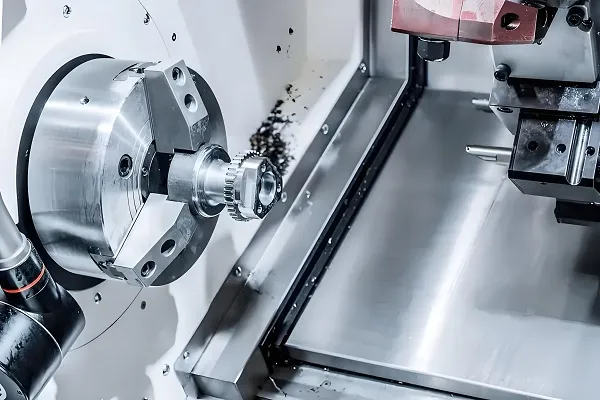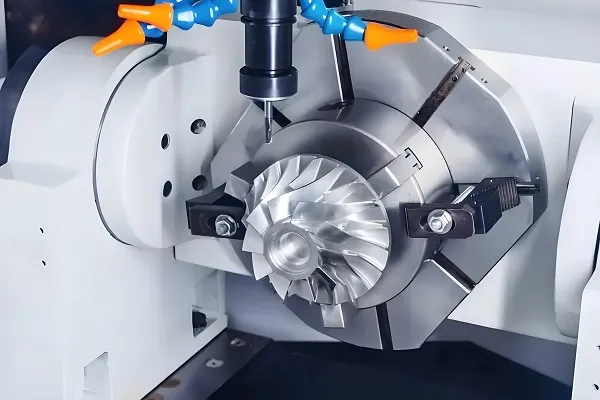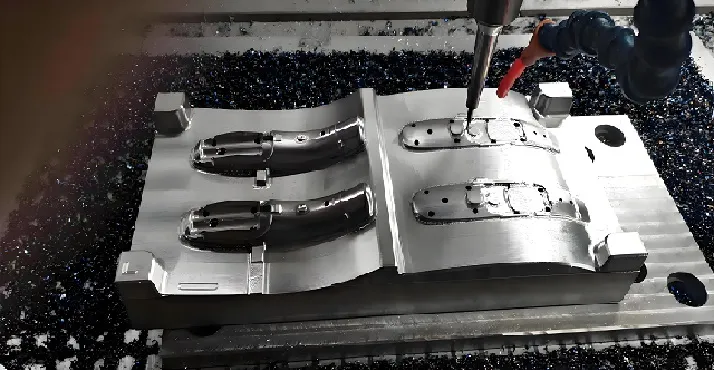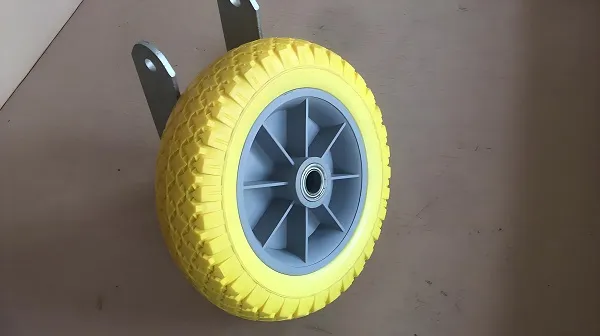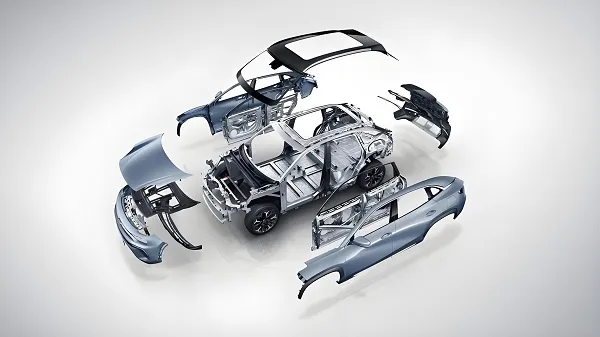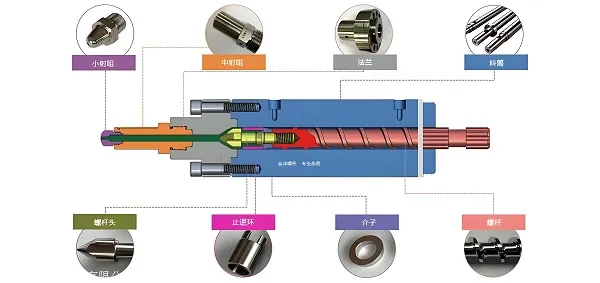The purpose of this paper is to discuss the application status quo, technical characteristics, development trend and challenges faced by metal stamping process in the mechanical custom processing industry. By analyzing in detail the basic principle, process flow, equipment requirements and market application of stamping process, combined with specific data and cases, it elaborates the advantages of metal stamping process in enhancing production efficiency, ensuring product quality and reducing production costs. At the same time, corresponding countermeasures and suggestions are put forward for the problems existing in the current industry to provide reference for the sustainable development of the mechanical custom processing industry.
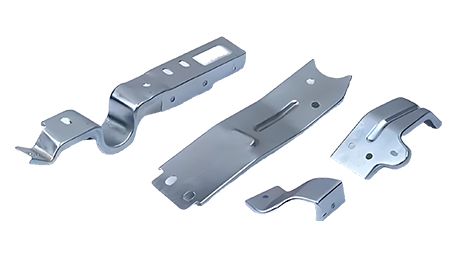
1. Introduction
As an important part of the mechanical custom processing industry, metal stamping process has significant advantages such as high production efficiency, high material utilization rate and high product precision. With the rapid development of the manufacturing industry and the diversification of consumer demand, metal stamping process is increasingly widely used in the fields of automotive parts, home appliances, electronics, aerospace and so on. This paper will deeply analyze the present and future of metal stamping process from multiple dimensions.
2.Overview of metal stamping process
2.1 Basic Principle
Metal stamping process refers to the processing method of using a mold to exert pressure on a metal sheet in a press to produce plastic deformation or separation, so as to obtain parts or products of the desired shape and size. The process mainly includes basic processes such as punching, bending, deep drawing, expansion and flanging.
2.2 Process Flow
The typical flow of metal stamping process includes material preparation, mold design and manufacturing, stamping processing, post-treatment (such as deburring, cleaning, heat treatment, etc.) and inspection. Among them, the design and manufacture of the mold is the core of the stamping process, which directly affects the quality and production efficiency of the product.
3. Application of metal stamping process in the machinery custom processing industry
3.1 Application Fields
The application of metal stamping process in the machinery custom processing industry is extremely wide, mainly including the following aspects:
Automobile parts: stamping parts occupy an important position in automobile manufacturing, such as body covering parts, chassis parts, engine parts and so on. According to statistics, the output of China’s stamping parts industry in 2022 is about 38.902 million tons, of which the automotive field accounts for 71.33%.
Home appliances: the shells, internal brackets and other parts of home appliances such as refrigerators, washing machines, air conditioners, etc. are mostly manufactured by stamping process.
Electronic products: the shells, internal brackets, connectors and other parts of electronic products such as cell phones and computers are also widely used in the stamping process.
Aerospace: many precision parts on airplanes, such as skins, frames, etc., also rely on the high precision and high performance of the stamping process.
3.2 Technical Features and Advantages
High production efficiency: the stamping process can realize high-speed continuous production and significantly improve production efficiency.
High material utilization rate: through precise calculation and design, the stamping process can maximize the utilization of materials and reduce waste.
High product precision: modern stamping equipment with high-precision molds can produce parts with precise dimensions and complex shapes.
Strong adaptability: stamping process is applicable to a wide range of metal materials and can process parts of various shapes and sizes.
4.Customized Service
4.1 Service Scope
Design service: Our design team has rich experience and advanced CAD/CAM software, which can personalize the design according to customer’s needs and ensure that the product meets both functional requirements and aesthetic standards.
Material selection: We offer a diverse selection of materials, including but not limited to stainless steel, aluminum alloy, copper alloy, titanium alloy and special alloys to meet the needs of different application scenarios.
Processing and Manufacturing: We use advanced CNC machining centers (CNC), laser cutting machines, bending machines, stamping machines and other equipment to ensure processing accuracy and efficiency. We also provide surface treatment services, such as sandblasting, painting, plating, etc., to enhance the appearance and durability of the products.
4.2 Typical Cases
Automotive industry: We have customized and produced lightweight body structure parts for a famous automobile manufacturer, which are made of high-strength aluminum alloy and completed by CNC machining and welding process, successfully reducing the weight of the body and improving the fuel efficiency.
Electronics industry: for a technology company customized precision electronic product shell, using stainless steel materials, through laser cutting and bending process to achieve complex shapes, to ensure the accuracy and aesthetics of the product.
5.Processable Materials
5.1 Metal materials
Stainless steel: strong corrosion resistance, suitable for food, chemical and other fields.
Aluminum alloy: light weight, high strength, widely used in aerospace, automotive manufacturing and other fields.
Copper alloy: good conductivity, suitable for electronics, electrical and other fields.
Titanium alloy: high strength, low density, suitable for high-end manufacturing fields.
5.2 Non-metallic materials
Plastics: such as ABS, PC, etc., with good molding and corrosion resistance, suitable for electronic product shells, automotive parts and so on.
Composite materials: such as carbon fiber, glass fiber, etc., with high strength and light weight, suitable for aerospace, sports equipment and other fields.
FAQ
Q1: What is the maximum size you can process?
A: The maximum size of workpieces our CNC machining centers can handle depends on the specific machine model and configuration. Generally speaking, the maximum size we can process is several meters in length, width and height. Please contact us for more accurate information on specific dimensions based on your needs.
Q2: How do you ensure the machining accuracy?
A: We use advanced CNC machining centers and precision testing equipment to ensure machining accuracy. During the machining process, we will operate strictly according to the design drawings and process requirements, and perform regular equipment calibration and maintenance. In addition, we also conduct strict quality inspection of finished products to ensure that each product meets customer requirements.
Q3: Do you provide design services?
A: Yes, we offer a full range of design services. Our design team has a wealth of experience and professional knowledge, and is able to personalize designs according to customer needs. Whether it is the development of new products or the improvement and upgrading of existing products, we are able to provide you with professional design programs and solutions.

